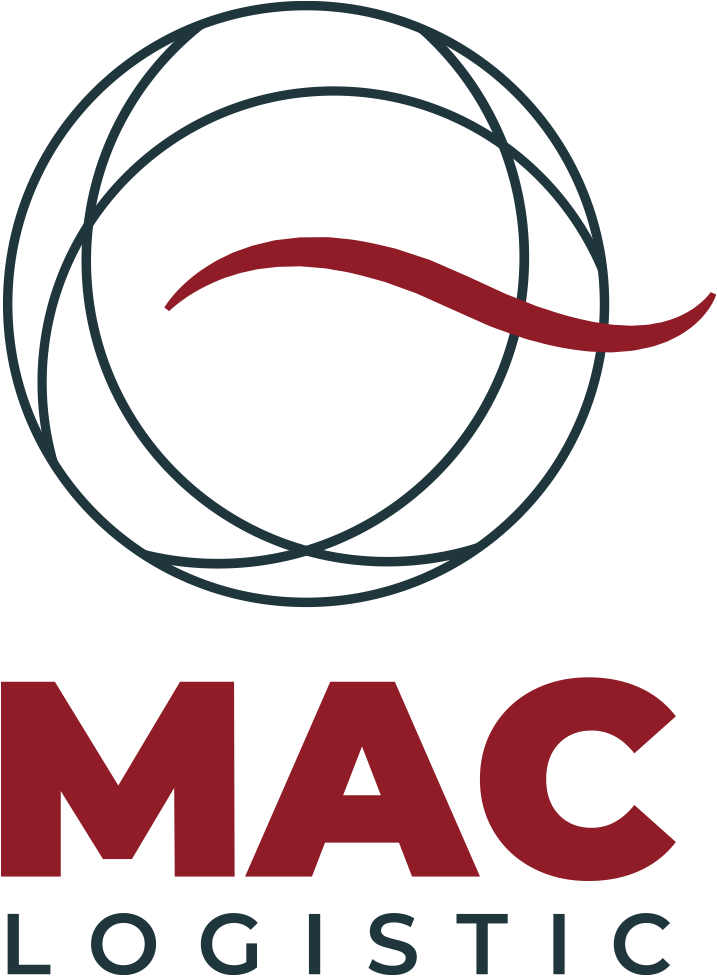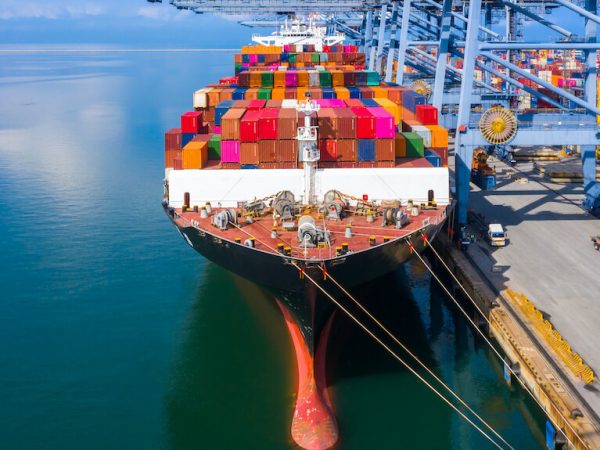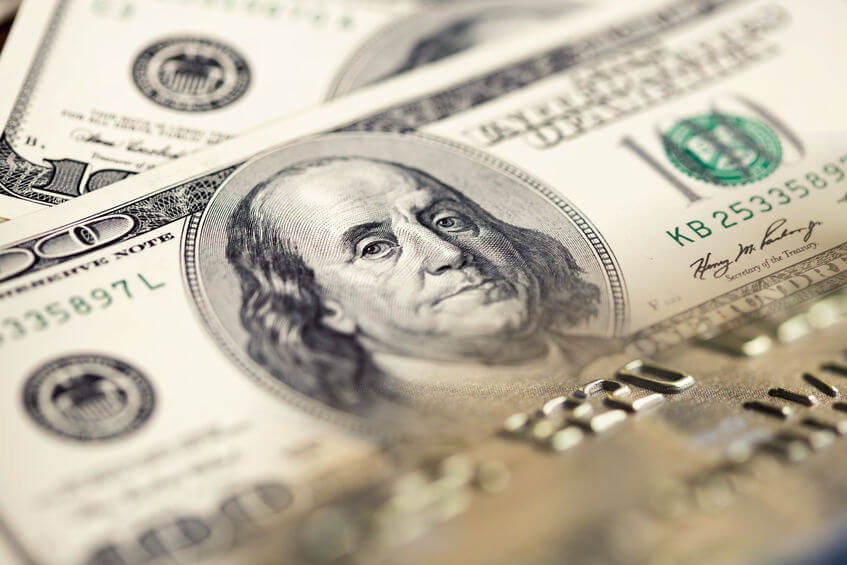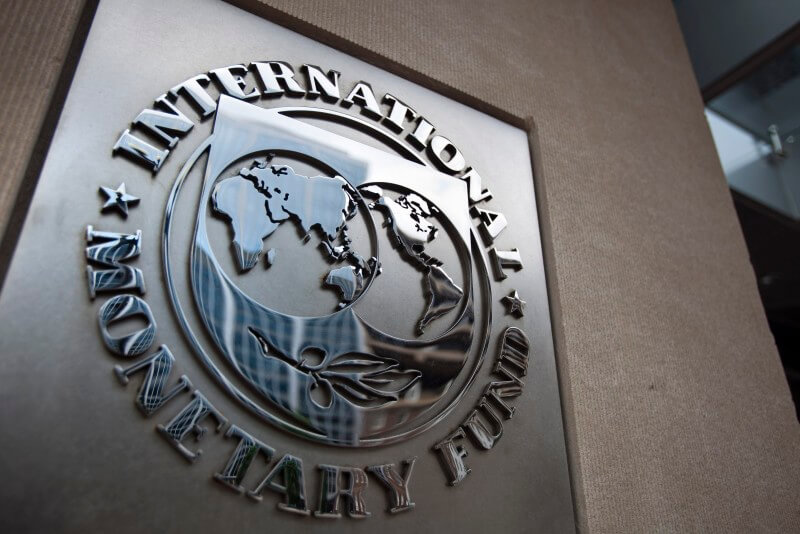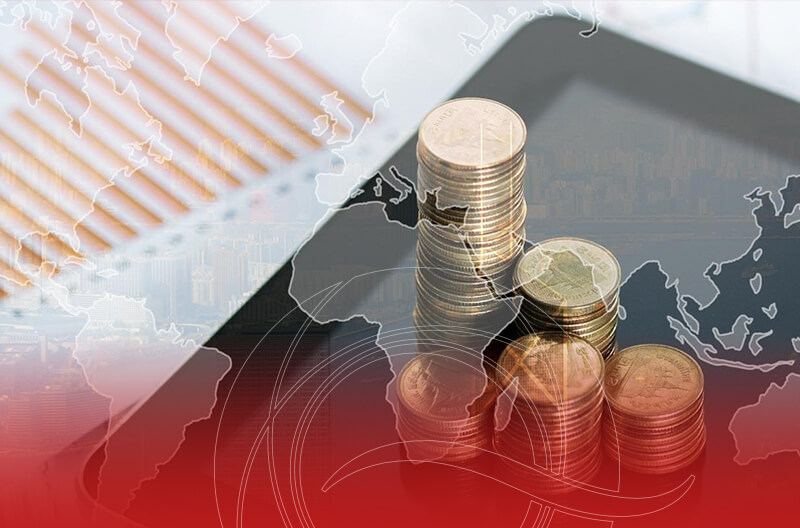
Drawback is a customs regime that grants the exemption or suspension of export taxes. It is specially granted for imported inputs that will be used in the manufacture of products intended for export. The main taxes exempted or suspended by the regime are:
- Income Tax and IPI (tax on industrialized products). (IPI);
- Import Tax (IT);
- Additional to The Merchant Navy Renewal Freight (AFRMM);
- Tax on Operations related to the Movement of Goods and on The Provision of Interstate and Intermunicipal Transportation and Communication Services (ICMS).
This regime was created in 1966 with the main objective of reducing the manufacturing costs of Brazilian products destined for export. Thus, it acts as an incentive to Brazilian exports, since it reduces the production costs of exportable products. Thus, exporters can practice competitive prices in international trade and have a good profitability.
Furthermore, the regime aims to stabilize the Brazilian trade balance, as it increases exports made by the country. Despite being a 1966 law, the regime undergoes constant updates to accompany international trade.
Who’s entitled to Drawback?
The special drawback regime is granted to industrial or commercial companies. Moreover, the regime is considered quite democratic because it can be used by virtually any exporter. For example, it serves the individual microentrepreneur who wants to export to large multinationals. Still, it does not discriminate the companies by industry segment, destination countries or other export details.
The only exceptions that cannot use drawback are:
- Import of goods used in the industrialization of product intended for consumption in the Manaus Free Trade Zone and in free trade areas located in the national territory;
- Export or import of suspended or prohibited goods;
- Purchases in currencies that do not have a daily conversion rate for the U.S. dollar.
How to use Drawback?
To use drawback, the exporting company must request from the Secretariat of Foreign Trade (SECEX) an authorization for the import or purchase of inputs, with the drawback of suspension of taxes.
The drawback acts as an agreement between the exporting company and the Government, in which it formally declares that it will use imported inputs in the industrialization of its products. On the other hand, the government, through SECEX, grants the tax exemption and oversees the company to prove that the tax exemption was carried out in the legal criteria by the exporter.
What are the three drawback modalities?
Drawback has 3 modalities: suspension, exemption and refund of taxes.
However, in practice, only the suspension and exemption modalities are still used. The following is more information about each of them:
Suspension Mode
SECEX authorizes the suspension of taxes on imported inputs that will be used in the industrialization of products. This benefit is granted at the time of importation of the goods.
In this case, the company buys inputs abroad and does not need to pay taxes such as IPI and II. However, it needs to ensure that the ingredients will be used in the manufacture of products for export. Otherwise, she loses the tax benefit and can still be fined.
Exemption mode
This modality offers the exemption of taxes on the import of previously purchased goods for stock replacement. It is worth pointing out that to be entitled to this benefit, the goods must be imported in quantity and quality equivalent to the last purchase.
Restitution Modality
This modality is the responsibility of the Federal Revenue Service of Brazil – RFB, and, in practice, is no longer used. It consists of the refund, partially or in total, of the taxes paid at the time of importation used in the production of exported goods.
Currently, the drawback regime basically comprises the suspension and exemption modalities, because restitution is little used.

